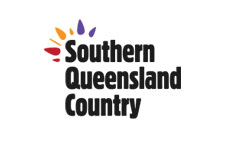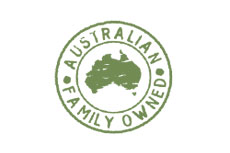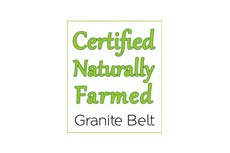Bullock Team Facts & History
Rohan the Bullocky’s Gleneden Bullock Team and Heritage Skills farm displays are a window into Australia’s pioneering and transport history.
When development outstripped the capacity of convict labour in early Australian settlement by Europeans, it was working bullocks that provided the muscle needed in the infant colony. While Australia ‘rode on the sheep’s back’, the wool that brought Australia prosperity literally rode the dusty miles using bullock teams that towed lumbering bullock wagons full of many, many heavy wool bags from outback farm stations to the coastal ports.
They did a lot more than just transport wool though. They were fundamental to the development of the Australian nation. Bullock teams pulling drays carried essential food and other supplies to isolated country areas.
Bullock teams were even used in Sydney when they were used for hauling building materials. There is a lot of information on Wikipedia about their usage.
It is not that long ago that bullock teams where a mainstay part of Australian life. In fact, some people can still nostalgically recall the good old days of the bullocky and his mighty patient bullock team.
Bullock teams were regularly used in Australia up until the 1930’s and even then they were still used up until the 1950’s.
Today of course bullock teams are almost a thing of the past… almost. But not quite!
Determined to help save Australia’s bush heritage from being forever lost, Rohan the Bullocky has been learning and practicing the art of operating bullock teams since his teenage years. He has also learned a wide range of bush crafts and skills.
The Gleneden Bullock Team
Enormous and powerful, yet intelligent and co-operative, working bullocks are an awesome sight. You will be amazed by what can be achieved with a bullock team controlled by simple word of command. Even the seemingly impossible can be done. The Gleneden Heritage Display, featuring The Gleneden Bullock Team is an entertaining, education and authentic glimpse into Australia’s pioneering and transport history for any age group and includes not only a display of the Gleneden Bullock Team in action but also features those trades needed to be a bullocky including blacksmithing, wheel-wrighting (wagons), bush timberwork , leatherwork (whips, belts).
Bullocks have been used for centuries and have continued to be used throughout the world for transport and agriculture. In Australia, when development outstripped the capacity of convict labour to create expensive roads it was working bullocks that provided the muscle needed in our infant colony to expand into the interior. While Australia “rode on the sheep’s back” the wool that brought our prosperity rode the dusty miles from outback stations to the port on lumbering bullock wagons. The bullockies and their teams cut and hauled the timber, transported mail, supplies & furniture and even houses for the new settlers. Explorers such as Hume and Hovell (1824) and Charles Sturt (1828-9) used bullock teams during their explorations. Seen as one of the more ‘interesting’ Australian bush characters, Bullockies and their teams have also inspired the pens of some of our greatest writers of poetry and prose including Henry Lawson (“The Teams”), Henry Kendall (“Bill the Bullock Driver”) h and
Today in Australia, bullock teams and the bullocky are almost a thing of the past… almost.
Determined to help save an integral part of Australia’s bush heritage from being forever lost, Rohan the Bullocky has been learning and practicing since his teens a wide range of crafts and skills needed by the bullocky, including blacksmithing, bush timber crafts and green-hide leatherwork and whip making. The foremost of these being his working bullock team. Today Rohan is an active members of the Australian Bullock Drivers League which seeks to keep the skills and traditions alive for the next generation of drivers.
At Gleneden, the dying art of bullock driving is comprehensively demonstrated and explained in Rohans relaxed and entertaining manner, from choosing and training your bullocks to driving a team of experienced workers. Learn the secret language of the bullocky and discover if his reputation for swearing is a justified one
What is a Bullock Team?
A bullock (or ox) is a mature, desexed bull. Bullocks are usually harnessed in pairs as their strong necks make them ideally suited to wearing a relatively cheaply and easily made (in comparison to horses) wooden yoke which efficiently transfers their draught power through a chain or pole to the load or plough. When two or more pairs of bullocks are harnessed together to perform draught work, you have a bullock team.
Bullocks have been used singly and in pairs or teams for much of human history. With a characteristically sturdy and quiet nature, bullocks were easily bred, cheap to feed, easy to train and require minimal gear and infrastructure in comparison to horses. Bullock teams had their peak in the late 19th and early 20th centuries, particularly in the rapidly developing countries of Australia, South Africa and New Zealand. In Australia, as many as thirty bullocks driven by one man were used to haul enormous loads on massive wagons long distances from outback farms and stations to their destinations on the coast.
Wagons, Drays & Jinkers
2. Blacksmithing and Greenhide
Today, as he was one hundred years ago, a bullocky needs to be a jack of all trades. Rohan the Bullocky has by love and necessity built his skills and knowledge in bush blacksmithing, and green-hide whip making so he can make and repair tools and items needed for the Bullock Team including starts, bows, chains, hooks & keys and of course his special long handled Bullock Whip. Bullock drivers also even needed to know how to weave their own hats!
If booking a longer display you will have the opportunity to include demonstrations of these fascinating crafts, discovering the specialised tools and techniques that contributed to the bullock teams’ effectiveness through Australia’s history.
3. Felling and Timberwork
In the newly emerging colony of Australia, one of the Bullockies main lines of work was the felling and hauling of timber for housing, furniture and other buildings. At Gleneden you can step back in time and join the Bullocky and his Team to work in the bush. Hear the crack of the whip and the rattle of the chains as you yoke up the team and head into the bush to haul timber back to the mill.
Then sit in the cool shade of a hand built bush timber shed to enjoy seeing Rohan the Bullocky continuing the Australian bush tradition of using hand tools and natural materials to create the things that he needs.
Whether he is shaping a bullock yoke with an adze and a piece of broken glass, splitting fence posts with a maul and wedges or showing how to climb a tree with an axe and board, you will gain a fascinating insight to traditional methods of bush timber work.
Why were there Bullock Teams in Australia?
In a developing country like Australia, a bullock team had many advantages over other forms of transport. Compared to convict labour they were much stronger and probably much easier to control and get along with. Cattle were included in the livestock that arrived on the First Fleet and they did very well here, rapidly increasing in number. In comparison to horses, bullocks have always been much cheaper to acquire when young and of much greater value when they are old. Additionally, the harness for a bullock team can be made from almost nothing other than scrap metal and bush timber in the hands of an amateur blacksmith and timber worker. On the other hand, producing a horse’s harness is a job for a highly skilled saddler and could cost as much as the horse itself.
Bullock teams were renowned for their steady, patient and determined pull in difficult situations where horses were prone to jerkiness and panic leading to expensive injuries and breakages. Bullocks didn’t often need shoeing and could live and work on rough herbage rather than the expensive feed required by working horses. It wasn’t until improved road surfaces meant that the greater strength and speed of draught horses could be put to advantage that bullock teams began to be displaced on the road.
In our forests and on our farms bullocks have been used up to the present day. Australia’s last full-time professional bullockies retired from the forest in the early 2000’s, but there are still a few hardy individuals who train and yoke bullock teams as hobbies, for demonstrations or for part-time work in forests and on farms. In the case of Rohan the Bullocky, his bullock team began as a hobby, developed into a genuine working team and is now available on and off his farm for heritage displays.
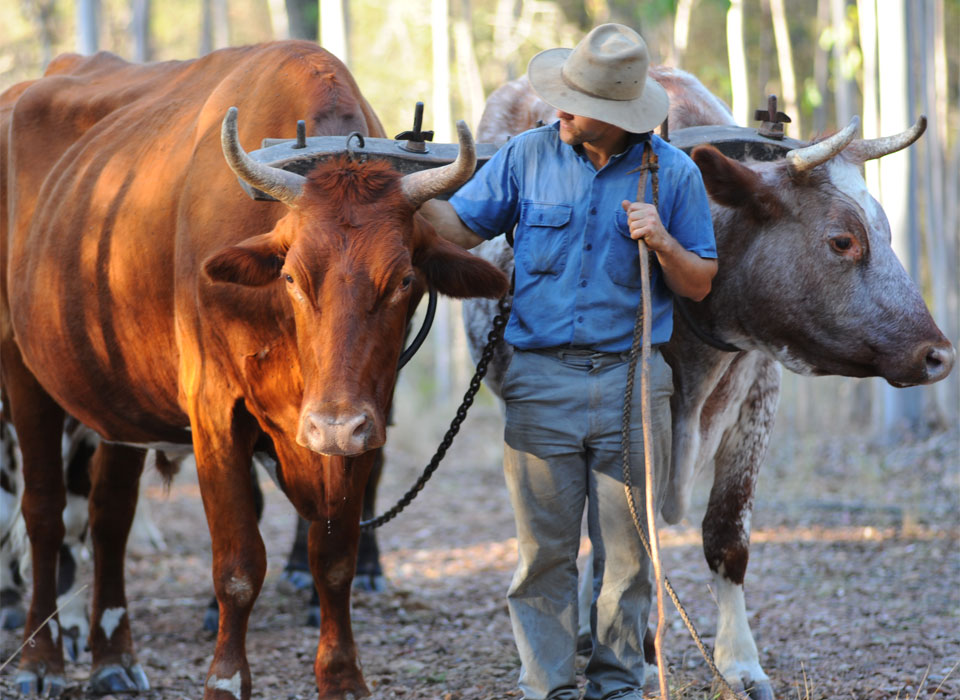

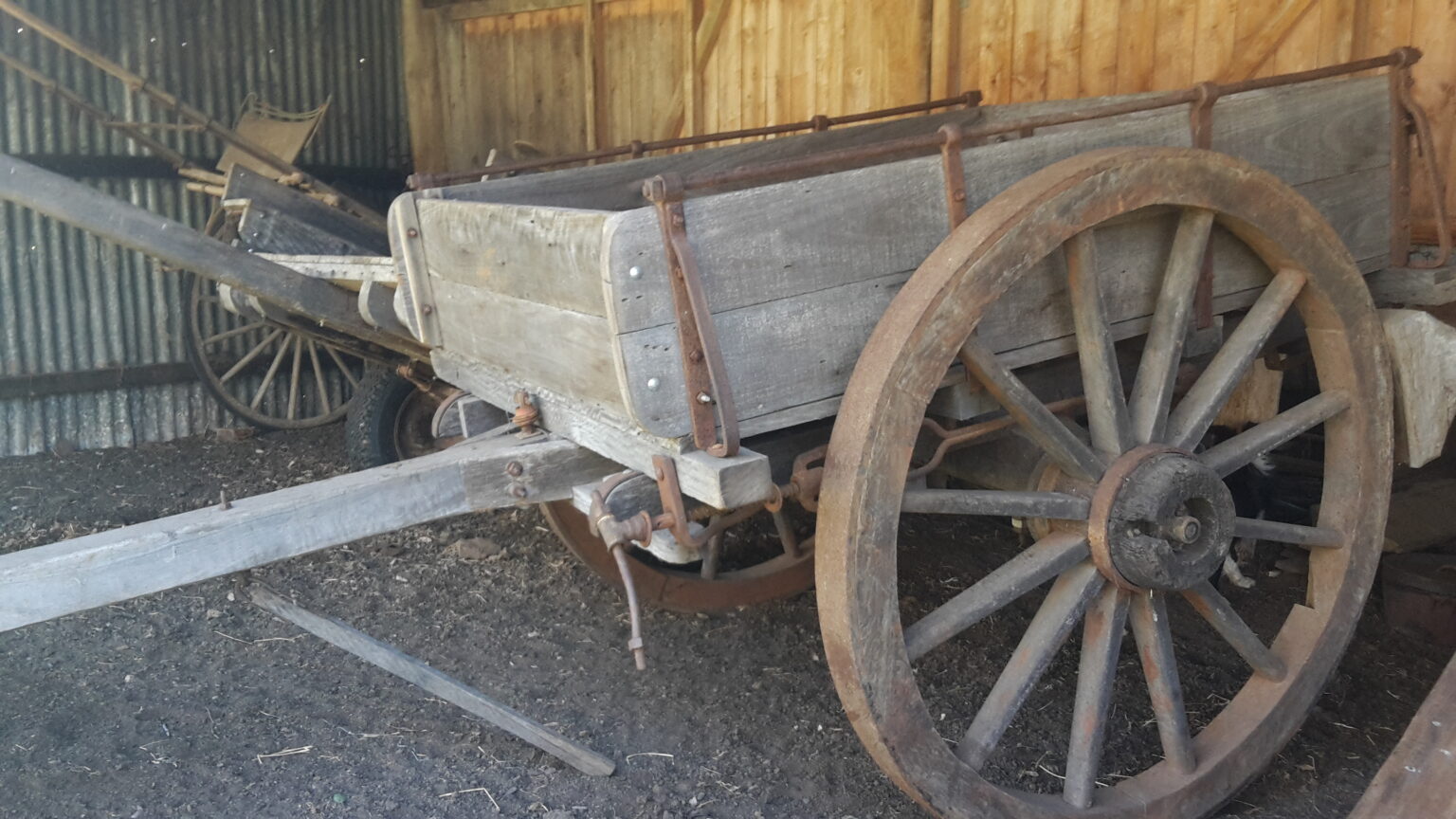

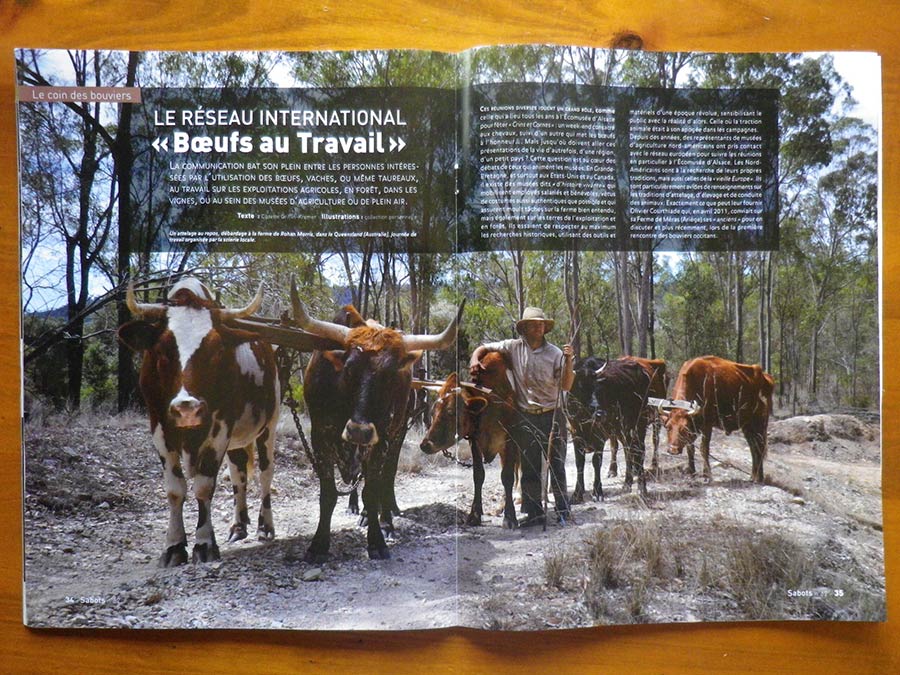

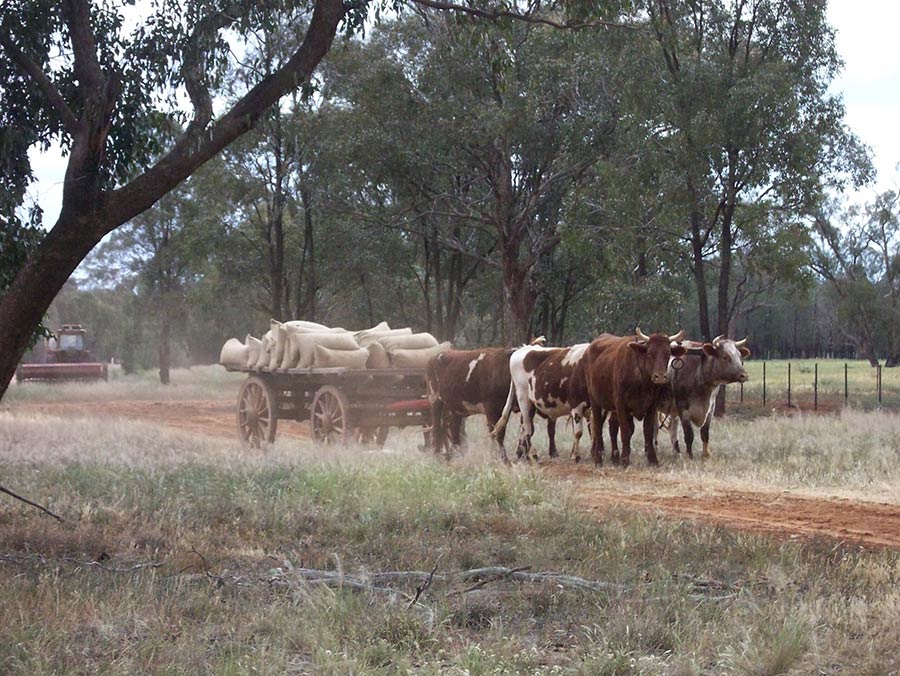



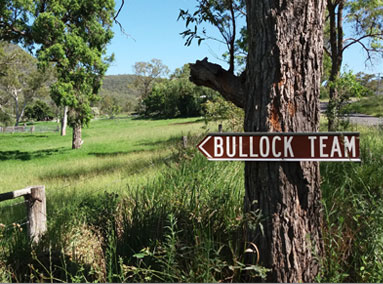

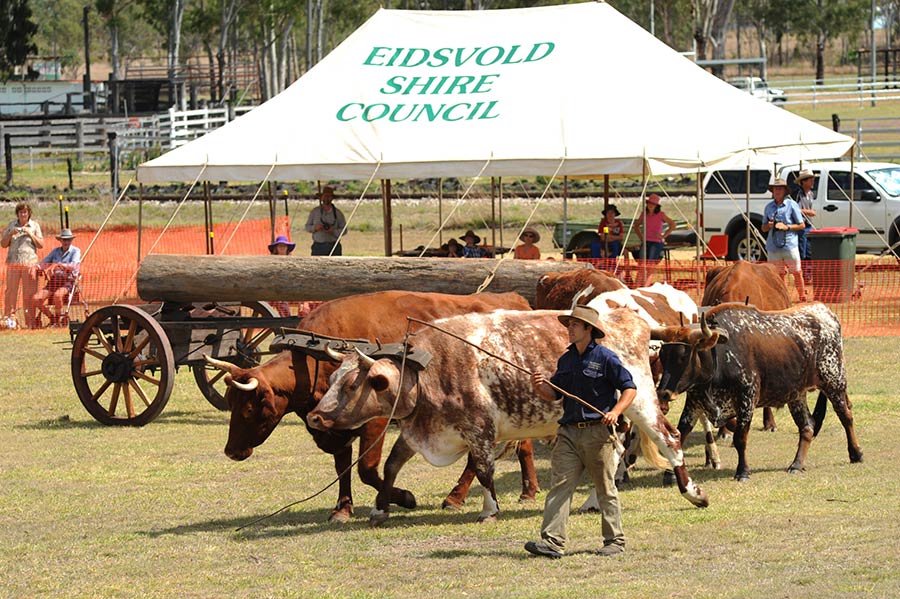

Frequently Asked Questions
Does this add value here for questions specific to bullock teams. How to I add and change the questions?
Lorem ipsum dolor sit amet, consectetur adipisicing elit. Optio, neque qui velit. Magni dolorum quidem ipsam eligendi, totam, facilis laudantium cum accusamus ullam voluptatibus commodi numquam, error, est. Ea, consequatur.
Lorem ipsum dolor sit amet, consectetur adipisicing elit. Optio, neque qui velit. Magni dolorum quidem ipsam eligendi, totam, facilis laudantium cum accusamus ullam voluptatibus commodi numquam, error, est. Ea, consequatur.
Yes we do offer Internships. To find out more please visit this page of our website.
Lorem ipsum dolor sit amet, consectetur adipisicing elit. Optio, neque qui velit. Magni dolorum quidem ipsam eligendi, totam, facilis laudantium cum accusamus ullam voluptatibus commodi numquam, error, est. Ea, consequatur.
Contact Us
To find out more about our business feel free to follow us on Facebook, read our blog, phone us on (07) 4666 1273 or send us an enquiry via our contact us page.


